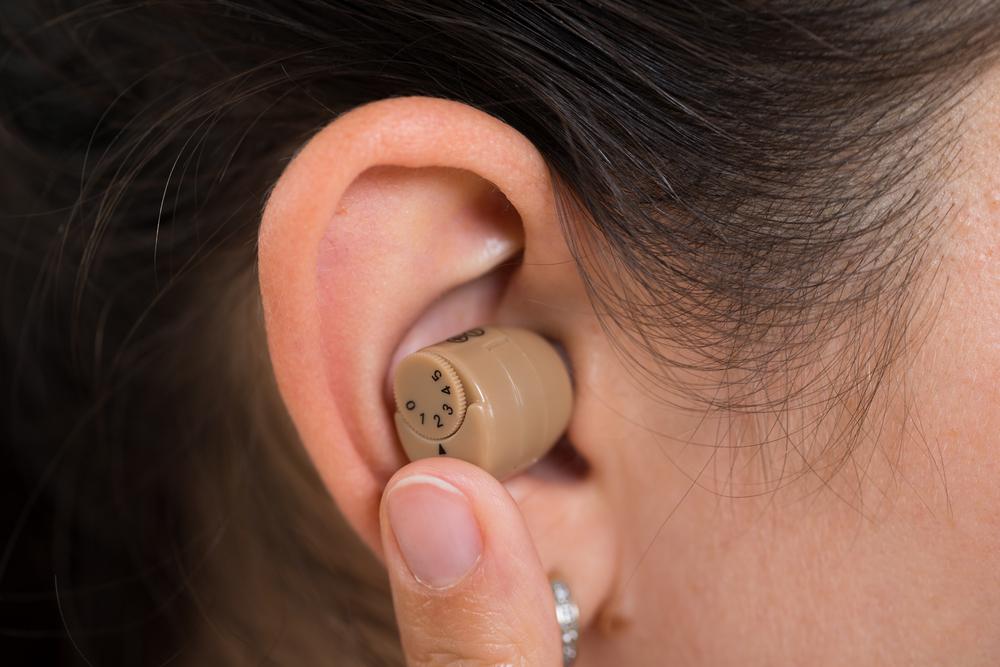5 Factors To Consider While Choosing Hearing Aids
For those with a mild to severe hearing loss, the right type of hearing aid device can go a long way in making life easier. The perfect hearing aids will ensure clarity on communication and avoid social isolation. This is why it is essential to consider a lot of factors while buying hearing aids. These factors include the lifestyle of the person, as well as the type of hearing aid that will fit perfectly and yet remain concealed.

Whether the requirement is for in-the-canal, behind-the-ear, or custom hearing aids, many brands such as Oticon hearing aids and Miracle hearing aids have a wide range of products for every kind of hearing aid requirement. It is necessary to compare hearing aids based on their various features and buy them directly from the supplier or from retailers such as Costco’s hearing aids section. Here are some of the important factors that can be helpful while picking hearing aids.
- Nature of hearing loss : There are two main types of hearing loss—sensorineural and conductive. A conductive hearing loss can be treated with surgery as the causes are easily corrected or treated. This type of hearing loss is caused by physical blockages, a buildup of fluids, accumulated earwax, or malformations in the middle or the outer ear. A sensorineural hearing loss is caused due to damage to the inner lining of the ear canal. This type of hearing loss requires hearing aids. Depending on the severity and cause of hearing loss, a doctor will recommend a suitable hearing aid device.
- Physical characteristics of the ear : While selecting hearing aids, the ear canal shape and size should be considered to have a perfect fit. In most cases, in-the-canal hearing aids can easily work as most people have ears large enough to fit these devices. However, in certain cases, behind-the-ear hearing aids or custom-made hearing aids will be required if the ear canal is too small for conventional in-the-ear hearing aids. Also, many people are concerned with how they might appear while wearing a hearing aid; hence, hearing aids that are almost invisible or match the skin tone are also available.
- Level of technology needed : Hearing aids are now available with a wide range of technological features. There are devices that have capabilities such as water-proof, heat and dust resistant, advanced noise reduction, tinnitus cancellation, speech-focused directional microphones, WiFi, and remote connections. The kind of features preferred depends a lot on the environment a person will be spending a significant part of their day. For those exposed to environments with diverse sounds, high-end speech-focused hearing aids are the best. People who spend most of their day in a quiet environment, a hearing aid with basic technology will suffice. For those who lead an active outdoor lifestyle, hearing aids with waterproof and dust-resistant technology will be quite helpful.
- Budget : Hearing aid prices range from around $800 to $7000 per ear. The price depends on the level of technology and features offered by the hearing aids. Custom-made hearing aids usually cost more. Also, Medicare does not provide coverage for hearing aids. A private insurance provider may give coverage for hearing aids. However, this varies from case to case. A high-cost hearing aid may not be always suitable. Take into consideration the lifestyle and the personal and the work environment to determine the kind of features required in a hearing aid and fix a budget according to the affordability.
- Ease of use : Due to their small size, hearing aids can be quite tricky to wear and take care of. Changing and recharging the batteries may also be quite difficult, especially, for older adults with a weak vision. For those with arthritis and other such disorders that affect the hands and fingers, handling small hearing aid devices can be quite distressing. In such cases, hearing aids with auto-control features or remote controlling can be useful.
Disclaimer:
The content provided on our blog site traverses numerous categories, offering readers valuable and practical information. Readers can use the editorial team’s research and data to gain more insights into their topics of interest. However, they are requested not to treat the articles as conclusive. The website team cannot be held responsible for differences in data or inaccuracies found across other platforms. Please also note that the site might also miss out on various schemes and offers available that the readers may find more beneficial than the ones we cover.




